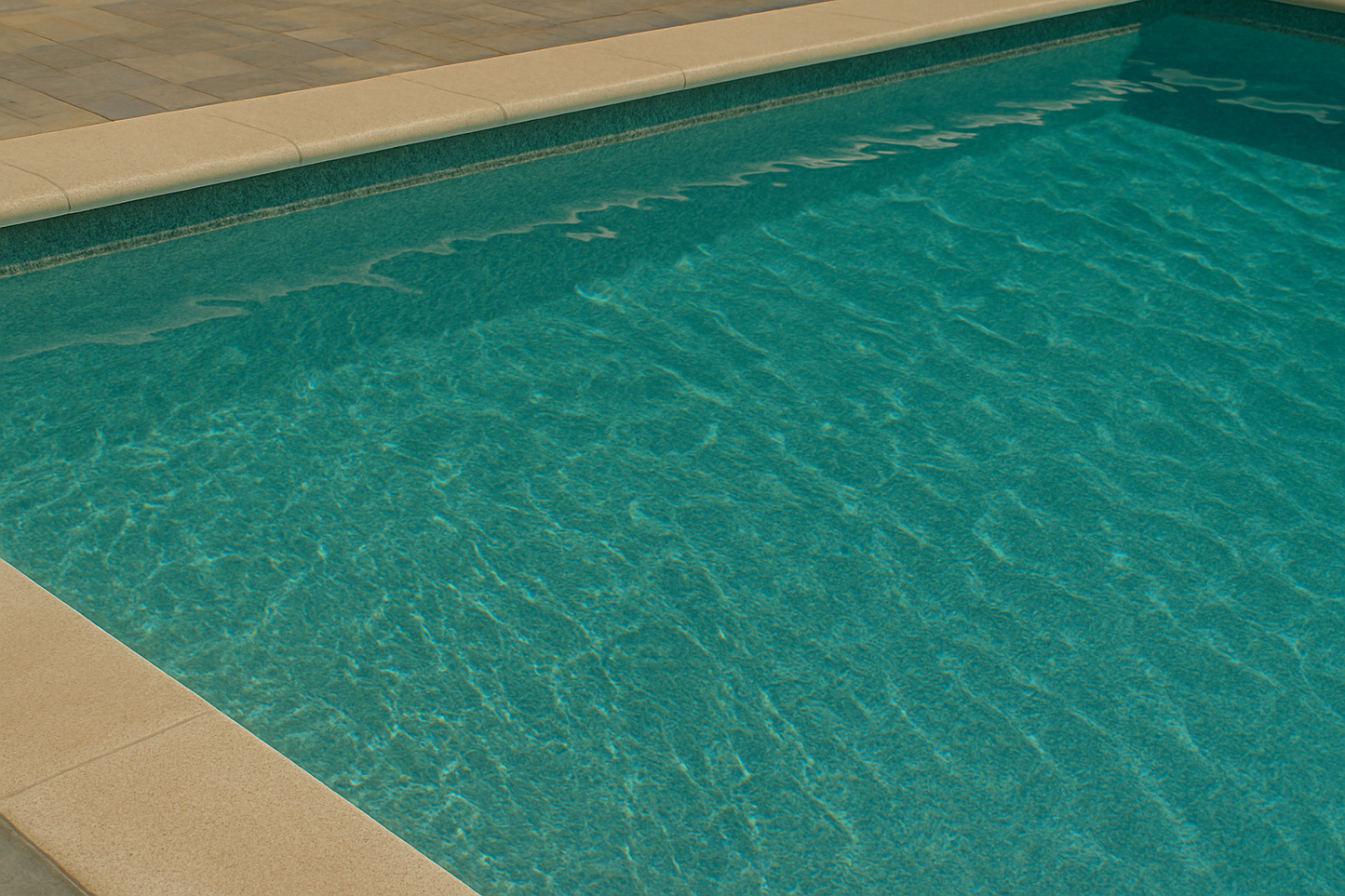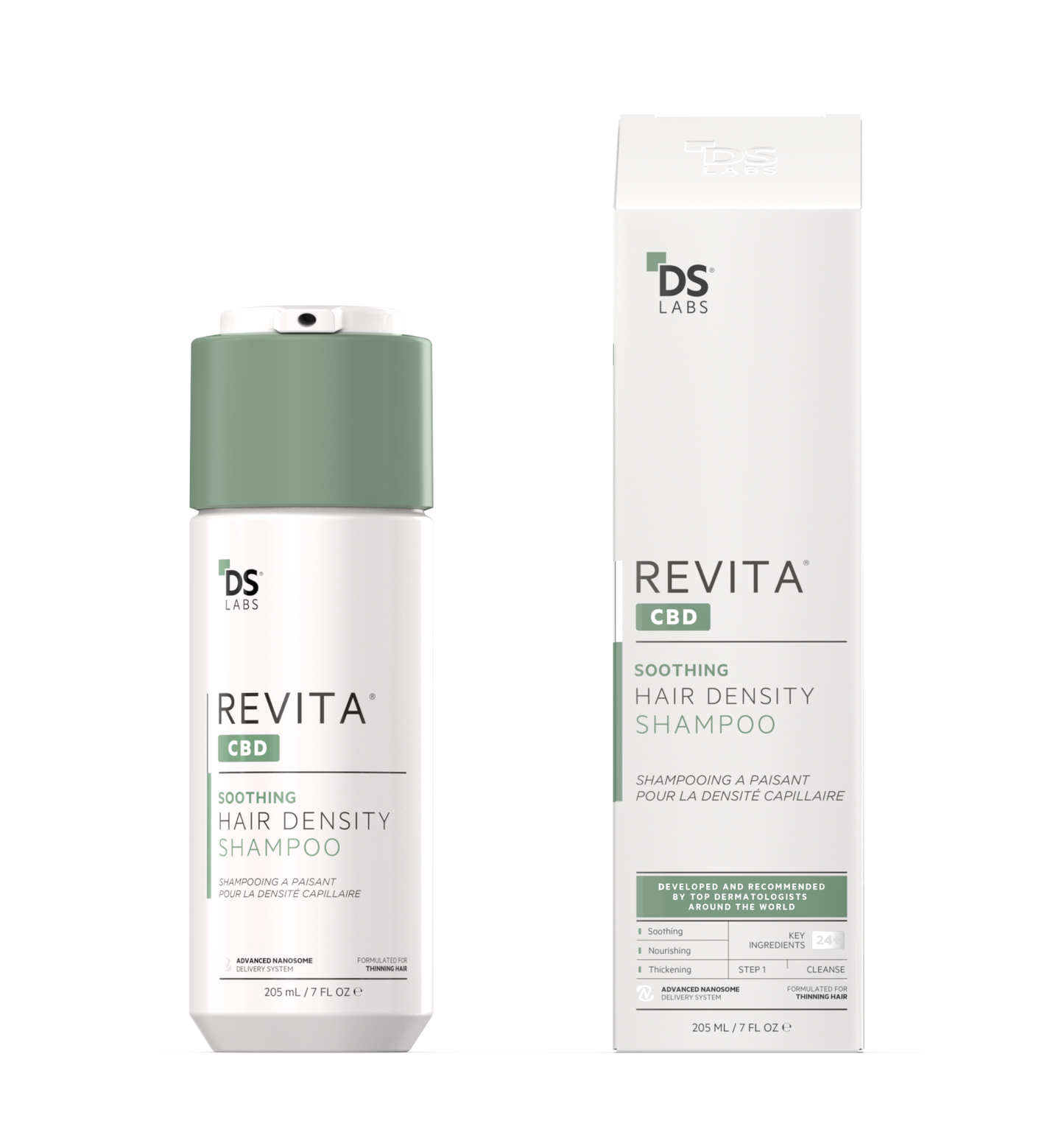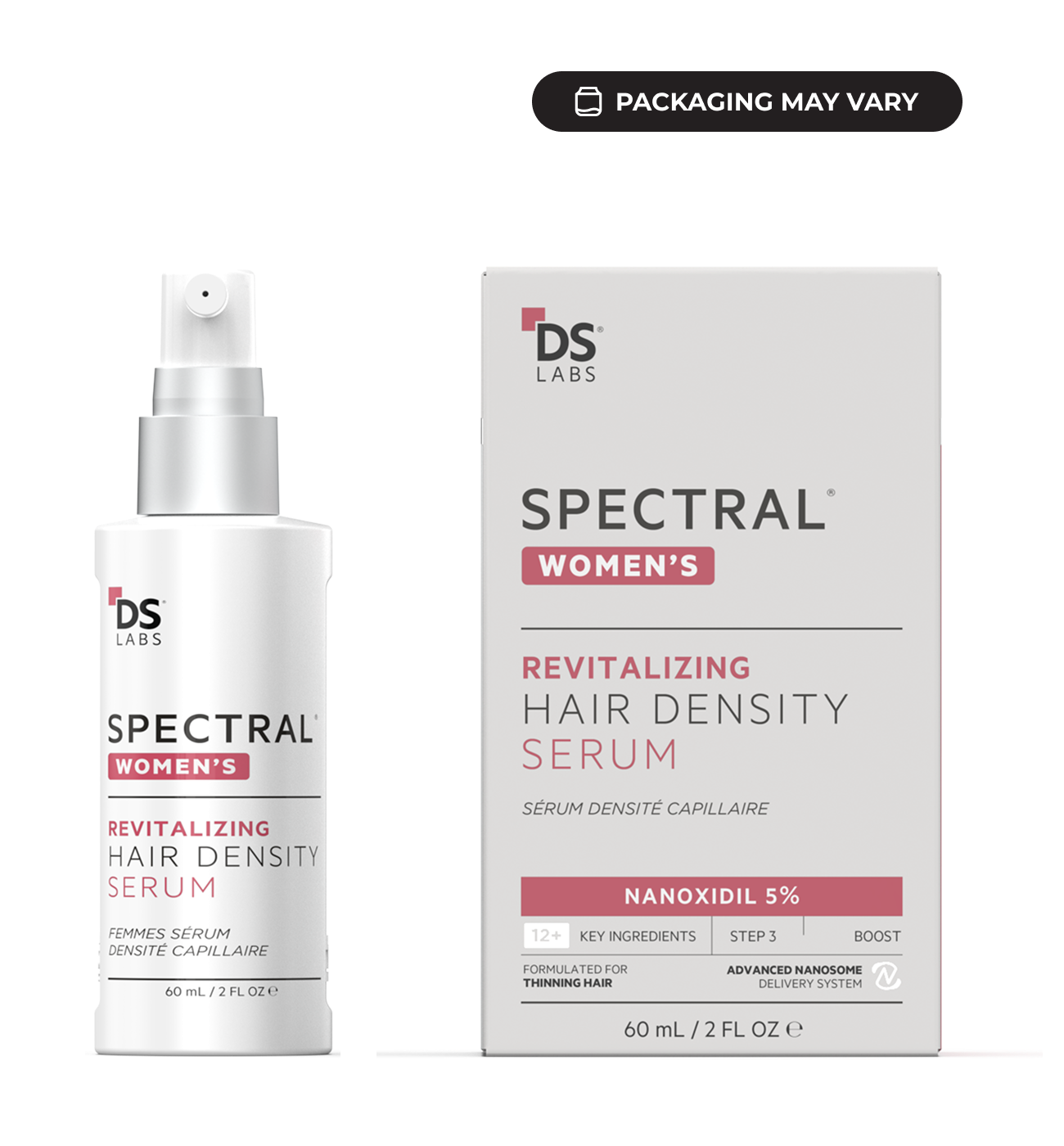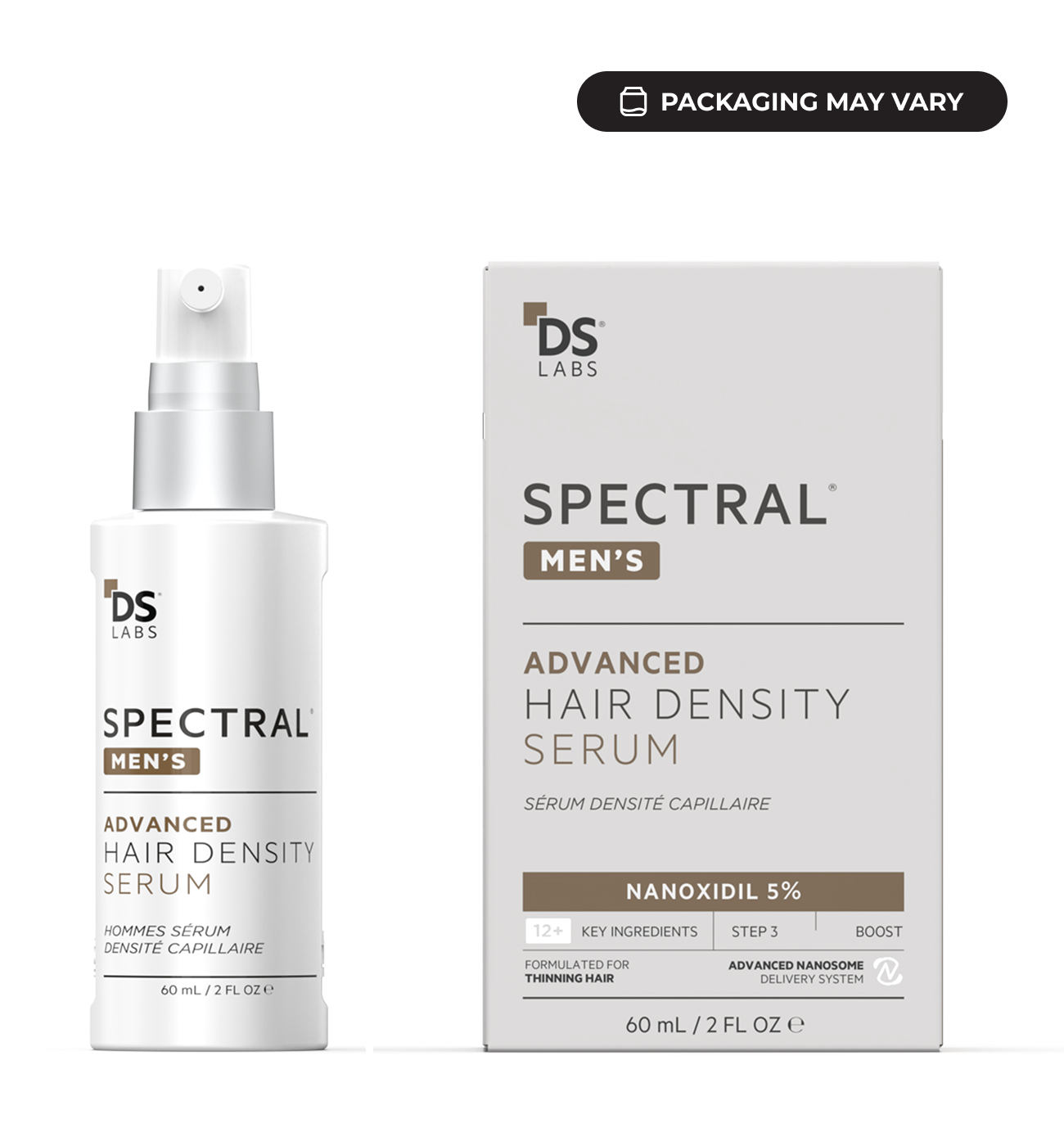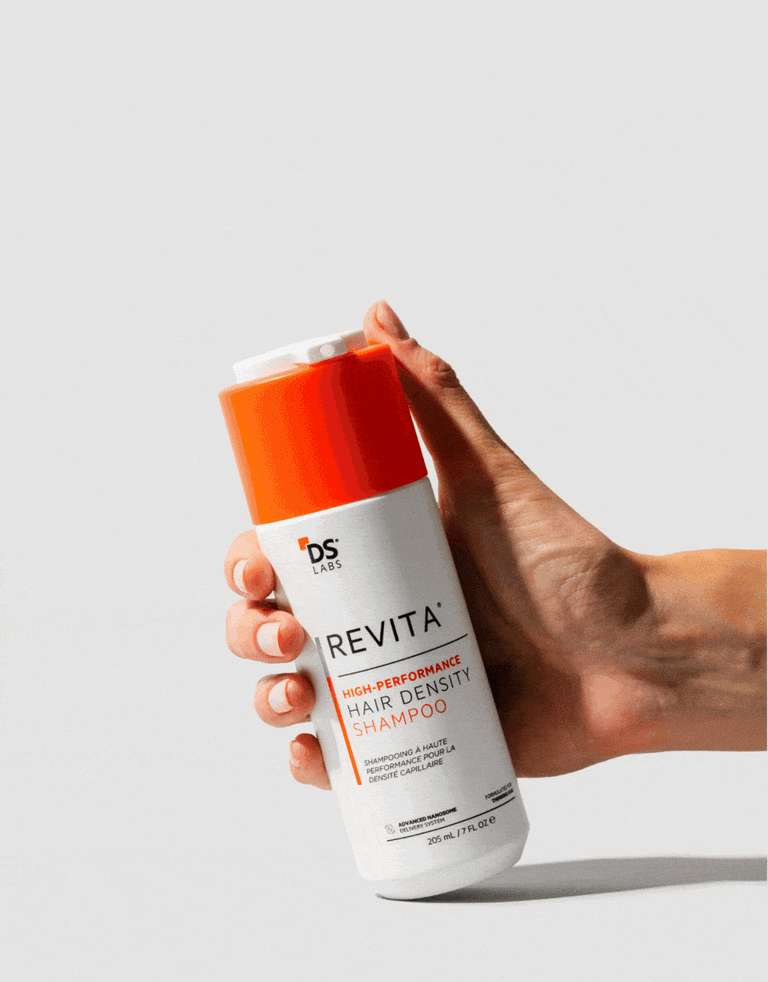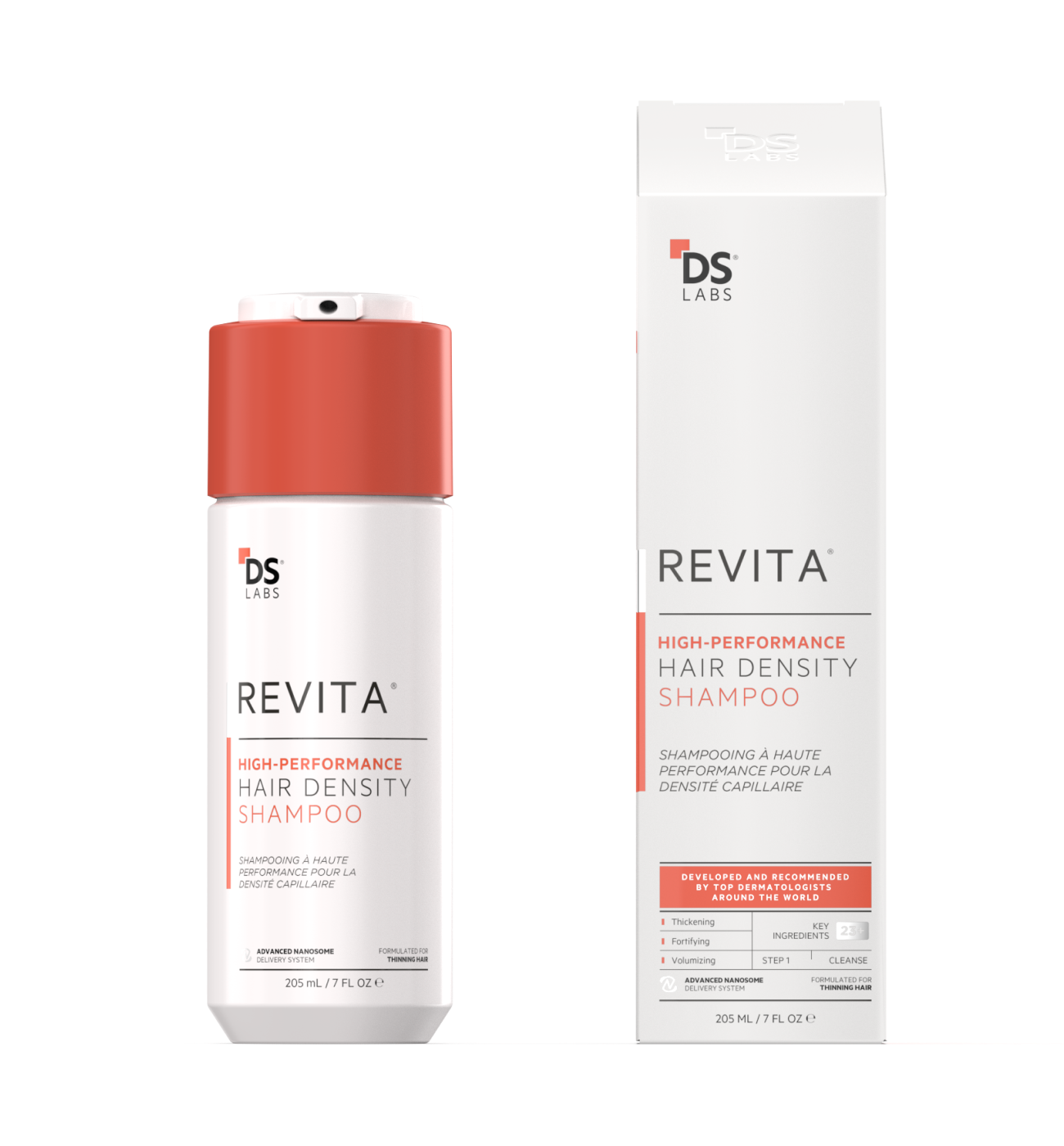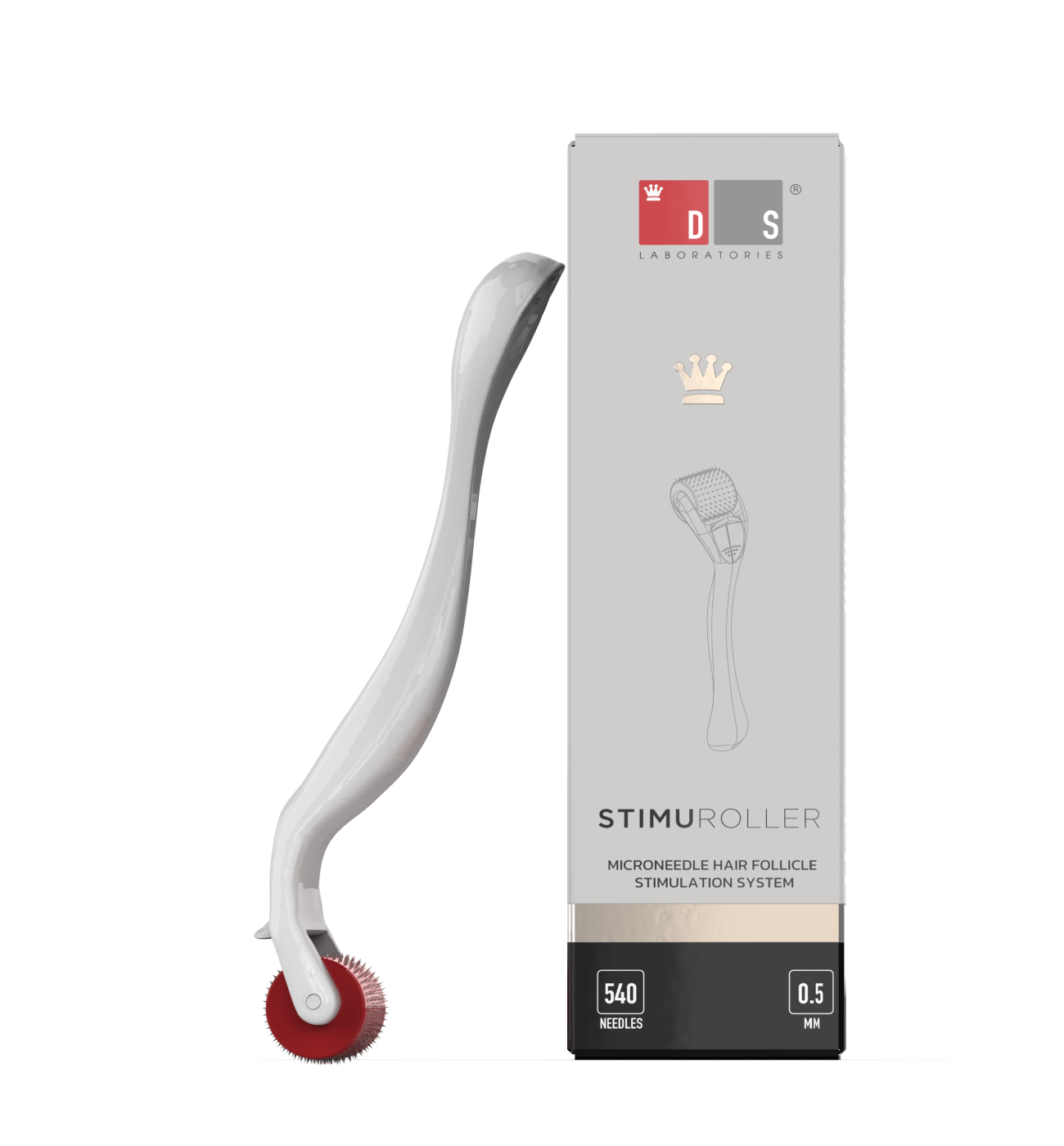Pool days are essential summer therapy. But while your mind relaxes, your hair might be under chemical attack. Chlorine and other pool chemicals can seriously impact your scalp and hair health — leading to dryness, breakage, and even discoloration. Here’s what’s actually happening when you swim, and how to protect your hair without skipping the pool party.
1. What Does Chlorine Actually Do to Your Hair?
Chlorine is a disinfectant added to pools to keep bacteria and algae at bay. Great for the water, not so much for your scalp.
When you dive in, chlorine strips your hair of its natural oils (called sebum). These oils help lock in moisture and form a protective barrier. Without them, your strands become dry, brittle, and prone to damage. Chlorine also lifts the cuticle — the outer layer of your hair — which can lead to frizz, tangling, and split ends.
2. Why You Might Notice Your Hair Getting Lighter or Turning Green
Blondes, this one’s for you. Chlorine can cause oxidative reactions that lighten your hair or give it a greenish tint — especially when it interacts with trace metals like copper in the pool.
And if your hair is color-treated? Chlorine can fade your dye faster and alter the tone. Not ideal when you just paid for a fresh color.
3. Your Scalp Isn’t Safe Either
Chlorine can throw your scalp’s microbiome off balance. By disrupting its natural bacteria, it may lead to irritation, dryness, or even flaking. If you’re acne-prone, it can also clog pores and trigger breakouts along your hairline or neck.
4. How to Protect Your Hair Before You Swim
Pre-rinse with clean water:
Hair is like a sponge — if it’s already wet with clean water, it’ll absorb less chlorinated water.
Use a leave-in conditioner or hair oil:
Creating a light barrier can help reduce chlorine absorption and keep hair smoother.
Put your hair up:
Braids or a tight bun reduce surface area exposure. Even better? A swim cap — it’s not glamorous, but it works.
5. Post-Swim Recovery Tips
Rinse Immediately:
Don’t wait until you get home. Rinse with fresh water and shampoo as soon as possible to minimize chlorine buildup and prevent dryness.
Use a Daily Shampoo That Can Handle Buildup:
Instead of harsh clarifiers, opt for a dermatologist-formulated daily shampoo (like Revita) that’s gentle on the scalp but still effective at removing chlorine, sweat, and product residue — without stripping essential moisture.
Rehydrate and Restore:
Follow up with a hydrating conditioner or scalp mask to replenish what’s been lost and help strengthen hair exposed to pool chemicals.
6. Final Thoughts
Swimming doesn’t have to mean sacrificing your hair. With the right pre- and post-swim care, you can protect your strands from chlorine damage all summer long — and keep your scalp happy, too.


